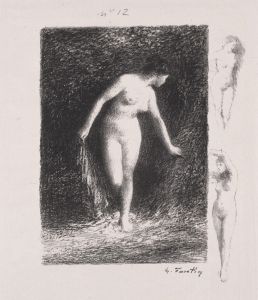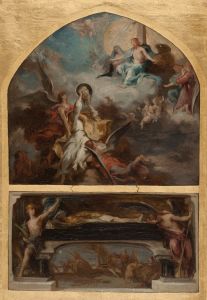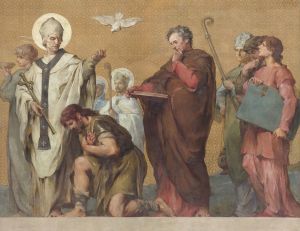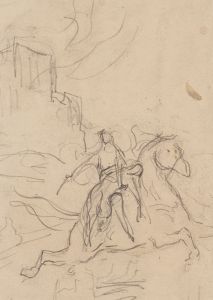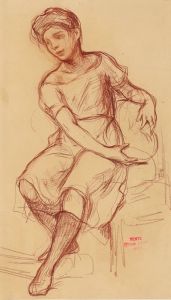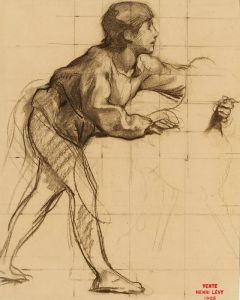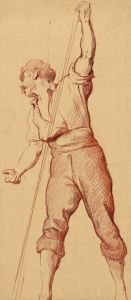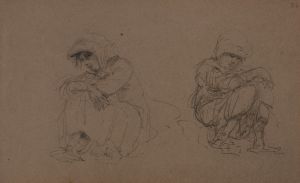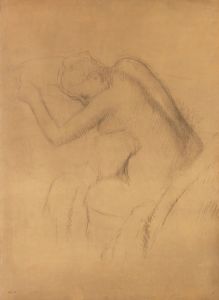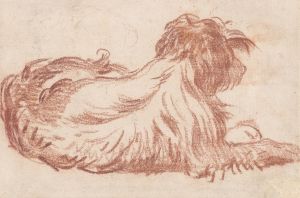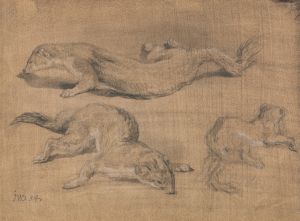
Etude d’enfant assis
A hand-painted replica of Henri Leopold Lévy’s masterpiece Etude d’enfant assis, meticulously crafted by professional artists to capture the true essence of the original. Each piece is created with museum-quality canvas and rare mineral pigments, carefully painted by experienced artists with delicate brushstrokes and rich, layered colors to perfectly recreate the texture of the original artwork. Unlike machine-printed reproductions, this hand-painted version brings the painting to life, infused with the artist’s emotions and skill in every stroke. Whether for personal collection or home decoration, it instantly elevates the artistic atmosphere of any space.
Henri Leopold Lévy was a French painter known for his works in the academic style, often focusing on historical and religious themes. However, specific information about a painting titled "Etude d’enfant assis" by Lévy is not readily available in major art historical records or databases. Lévy's oeuvre primarily includes large-scale historical and religious compositions, and while he may have produced studies or smaller works, detailed documentation on each piece is not comprehensive.
Henri Lévy was born in 1840 in Nancy, France, and he studied at the École des Beaux-Arts in Paris, where he was a student of François-Édouard Picot and Alexandre Cabanel. Lévy's work was well-received during his lifetime, and he exhibited regularly at the Paris Salon, a prestigious annual art exhibition. His paintings often depicted dramatic scenes with a strong emphasis on narrative and emotion, characteristic of the academic tradition of the 19th century.
Lévy's style is marked by meticulous attention to detail and a polished finish, which were hallmarks of the academic approach. His subjects were often drawn from classical mythology, history, and biblical stories, reflecting the tastes and interests of the period. Lévy's ability to convey complex narratives and his skillful use of color and composition earned him recognition among his contemporaries.
While "Etude d’enfant assis" is not specifically documented, the title suggests it may be a study or sketch of a seated child. Artists often create studies as preparatory works for larger compositions or as exercises in capturing form, light, and anatomy. Such studies can provide insight into an artist's process and technique, offering a glimpse into their working methods and artistic concerns.
In the context of Lévy's broader body of work, a study of a seated child might have been an exploration of human form and expression, possibly intended for a larger narrative scene or as an independent exercise. Studies like these are valuable for understanding an artist's development and the evolution of their style over time.
Lévy's contributions to the art world were significant during his lifetime, but like many artists of the academic tradition, his reputation waned with the rise of modernist movements in the late 19th and early 20th centuries. Today, his works are appreciated for their technical skill and historical significance, offering a window into the artistic conventions and cultural values of his era.
In summary, while specific details about "Etude d’enfant assis" by Henri Leopold Lévy are not available, understanding Lévy's background and artistic approach provides context for appreciating such a work. His legacy as an academic painter remains notable, and his studies, whether documented or not, contribute to the rich tapestry of 19th-century French art.





